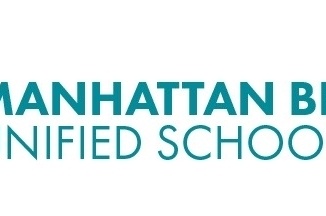
By Isabelle Chiu Staff Writer
The new 2016-17 calendar contains many unnecessary and drastic changes to the school year that may cause stress for teachers and students and an unneeded loss of funds for MBUSD. The schedule should not change because current breaks during the school year are needed in order to prevent excess absences and reduce stress.
According to Manhattan Beach Unified School District Board of Trustees Vice President Bill Fournell, the current system works well, but the new schedule was made to benefit students by putting first semester finals before break. However, this change will result in unnecessary additional stress by condensing the first semester.
The new calendar has 80 days in the first semester and 100 in the second, compared to the current calendar of 90 days per semester. This change may not allow teachers adequate time to cover material and fully prepare students during the first semester. This will especially negatively affect students and teachers with one semester classes, making the two semesters uneven.
A change would also add stress to seniors who would need to apply to colleges before winter break in order to meet the deadlines, in addition to studying for first semester finals in December.
Although the current schedule has first semester finals after winter break, the two-week window between the break and the current first semester finals allows students adequate time to prepare for finals without having to cram during the winter break. A new schedule is not needed to decrease student workload over the break.
Having a shorter Thanksgiving break may cause an increase in student absences, according to the Mira Costa attendance clerk Joanne Fryml. A few of the most commonly missed days in the school year are the days before and after long breaks. The school may lose more money, $35 dollars per day per student absent, if students decide to start their vacation earlier because of the reduced vacation time. According to Fryml, offering a full week for Thanksgiving helps alleviate this problem.
Instead of having a week off in February, there will be two three-day weekends in a row, with Monday and Friday off in the same week to honor President’s Day. This is an inefficient use of breaks because some students may choose to skip some or all of the three-day week to extend their vacation, leading to an increase in absences. According to teachers, having a three-day week would also prove to be a challenge when creating their lesson plans.
According to Fournell, the overall attendance improved when Ski Week, also known as mid-winter break, was put into effect. Reverting back to the original schedule would cause more absences, again resulting in a possible loss of funds.
According to Fournell, longer breaks give students enough time, nine days including the weekends, for students to relax, do assigned homework, and study for exams. Cutting the breaks short will not give students enough time to rest, and they will leave students frazzled with no periods of rest to look forward to from January to April.
Even though the new schedule means an additional week of summer vacation, the days off are better used during the school year to alleviate stress, prevent absences and save money.




Leave a Reply